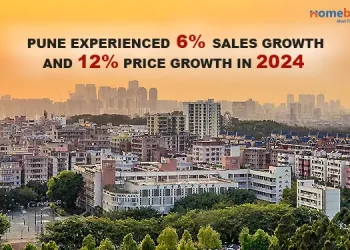Expected to be ready for people by 26 January 2023, the Delhi-Mumbai Expressway is a 1,350 km long, eight-lane, controlled access road (expandable to 12) that connects the Indian capital New Delhi with its commercial capital Mumbai. The foundation stone for the project was laid on March 8, 2019, by trade union ministers Nitin Gadkari, Sushma Swaraj and Arun Jaitley. The total value of the project, including the cost of acquiring the land, is approximately Rs 90 Cr.
Connectivity The Delhi-Mumbai Expressway connects the DND flight route in Delhi via Kota, Ratlam, Vadodara and Surat with the port of Jawaharlal Nehru in Maharashtra. It commutes via the states of Delhi (8 km), Haryana (130 km), Rajasthan (374 km), Madhya Pradesh (245 km), Gujarat (427 km), and Maharashtra (172 km). The main length of the motorway from Sohna to Virar is only approx. 1,200 km. In addition, it has two ramps: DND-KMP (59 km) and Puerto Virar-JLN (92 km), increasing the length to 1,350 km.
Construction: Initially, the expressway will be 8 lanes wide (4 lanes in each direction), with the greenfield alignment route being in declining areas, reducing the current travel time from 24 hours to 12 hours. In the middle of the street for future expansion, along with space for utilities, plantations and public transportation on either side. This highway, along with the Western Dedicated Freight Corridor (Western DFC), will be an important backbone of the Delhi-Mumbai industrial corridor.
Find Below How The 1,350 km Delhi-Mumbai Expressway Will Benefit the Commuters
1. The Delhi-Mumbai Expressway is expected to cut travel time between the two cities from almost 24 hours today to 12 hours.
2. The expressway will have 5 flyovers for animals with a total length of more than 2.5 km. It will also have an 8-meter perimeter wall with a 3-4 meter sound barrier in the corridor.
3. A 75-lane side service network is planned on both sides of the expressways within 50 kilometers. These facilities include restaurants, food courts, dorms, grocery stores, fuel stations, electric vehicle charging stations, and restrooms.
4. The Vadodara Mumbai Expressway has been integrated into the Delhi-Mumbai Expressway.
5. The first stone of the Delhi-Mumbai Expressway was laid on March 8, 2019, by Union Ministers, Nitin Gadkari, Sushma Swaraj, and Arun Jaitley.
6. The expressway will be directly connected to terminal T3 of Indira Gandhi International Airport in Delhi by a 5 km long tunnel.
Previously, Nitin Gadkari said in a Twitter post that the Delhi-Mumbai highway will change the country’s infrastructure and provide better opportunities for millions of people. He has also shared a video for people in Haryana and Rajasthan to acknowledge the development of the project.







